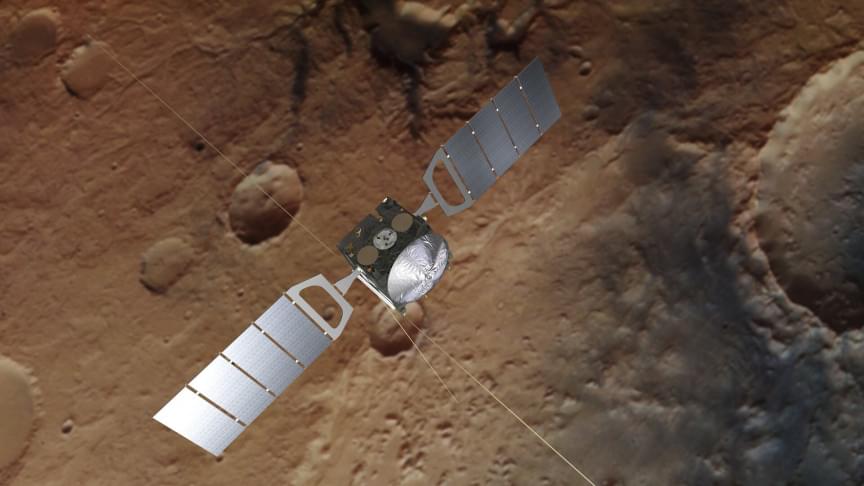NASA has set an aggressive launch target for its following the of the SLS rocket that will carry the flight to space. In an interview with , Jim Free, associate administrator with the agency’s Explorations Systems Development program, said this week NASA is working toward an August 23rd to September 6th launch window for Aretmis 1. “That’s the one we’re targeting,” Free told the outlet. “We’d be foolish not to target that right now. We made incredible progress last week.”
For those keeping track, NASA recently the earliest it could get Artemis 1 in space following a successful fueling test of the SLS was between July 26th and August 10th. Instead, NASA selected the second earliest launch window it had open to it.
Before the flight can get underway, technicians must complete final preparations on the SLS rocket, including replacing a seal that led to a hydrogen leak during its June 20th test. NASA began rolling the SLS back to the Kennedy Space Center’s Vehicle Assembly Building, where staff will work on the launch vehicle, on. “I don’t think we’re stretching ourselves to get there,” Free said. “We’re probably pushing ourselves a little bit, but we’re not going to do something stupid.”


